THE sight of John Magnier and Sheikh Mohammed shaking hands on the sales grounds at Goffs on Monday was an encouraging sign ahead of the Orby Yearling Sale which starts on Tuesday.
Over €40 million is expected to be spent on yearlings at this week's two-day sale, which will be followed by the one-day Sportsman's Sale on Thursday.
Goffs' chief executive Henry Beeby remains hopeful that the sales will buck the trend of falling prices at this year’s European yearling sales.
Last week’s Tattersalls Ireland September Yearling Sale saw the median price for Part I fall by 15% and for Part II it fell from €8,000 to €5,000. Clearance rates also suffered significantly.
The biggest single factor contributing to the Fairyhouse figures was the increase in the number of horses offered, which was in recognition of the larger foal crop produced and applications received.
Beeby’s optimism is based on Goffs’ decision to reduce the size of the Orby catalogue by 50 horses this year, while the Sportsman’s Sale has held steady.
“We made a conscious decision last year that, if we are promoting the Orby as a world-class sale we have to be sure it sets a certain standard. So, rather than increase the numbers, our team was instructed to work with breeders on gathering the best horses they could find. We settled on 418, which is 50 fewer than last year.”
He said that Goffs had kept the Sportsman’s Sale catalogue “as tight as we could” and pointed to the Autumn Sale in November where more than 500 horses will be offered to cope with the oversupply.
Charles O’Neill, chief executive of Irish Thoroughbred Marketing, said last week’s sales results were far worse than he had expected but he felt he and his team could not have done any more to assist foreign buyers.
“We travelled more than ever to promote the sales this year and we gave incentives and vouchers to people, but there are factors out there which we cannot control. Racing in some European countries, notably Italy and Spain, is in the doldrums. We saw very few British trainers buying ‘on spec’ and that could be the Brexit effect. It was very frustrating. There is a nervousness in the market for buying horses. Even those with €10,000 to spend were being more selective.”
He stressed that he remained upbeat about the Goffs Sales as feedback from overseas buyers was particularly strong. “We will get through the Orby Sale and then we will sit down with both sales companies and see that no stone is left unturned in promoting these vital sales.”
Czech bloodstock agent Tomas Janda bought 12 horses at the lower end of the market last week and commented: “There were fewer buyers for the cheap horses. It was quite easy for me to buy horses at the €2,000-€4,000 level. I think I was the only buyer from Central Europe here. The big difference is the lack of Italian and Spanish buyers.”
Bloodstock industry analyst John Lynam noted some positive elements from last week’s Tattersalls Ireland Sale. “The number of buyers spending at least €200,000 fell from 11 to 10 which shows there was still plenty of strong spenders at the sale. However, the number of buyers spending at least €100,000 fell from 29 to 22, which helps explain the fall in aggregate of almost €1 million.”
He added: “The number of fillies fetching at least €50,000 rose from 11 to 16 (where it was in 2016), which is a positive development.”
READ RYAN McELLIGOTT'S GOFFS REPORT EXCLUSIVELY ON THEIRISHFIELD.IE EVERY EVENING THIS WEEK
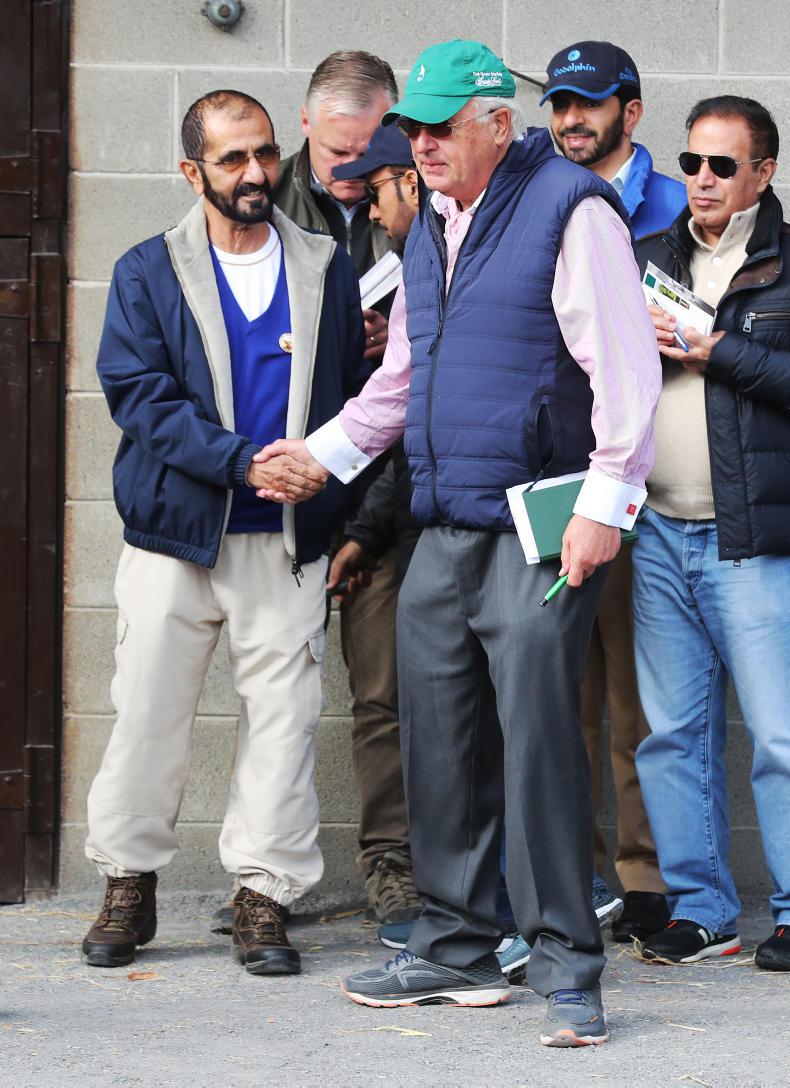

 This is a subscriber-only article
This is a subscriber-only article
 It looks like you're browsing in private mode
It looks like you're browsing in private mode




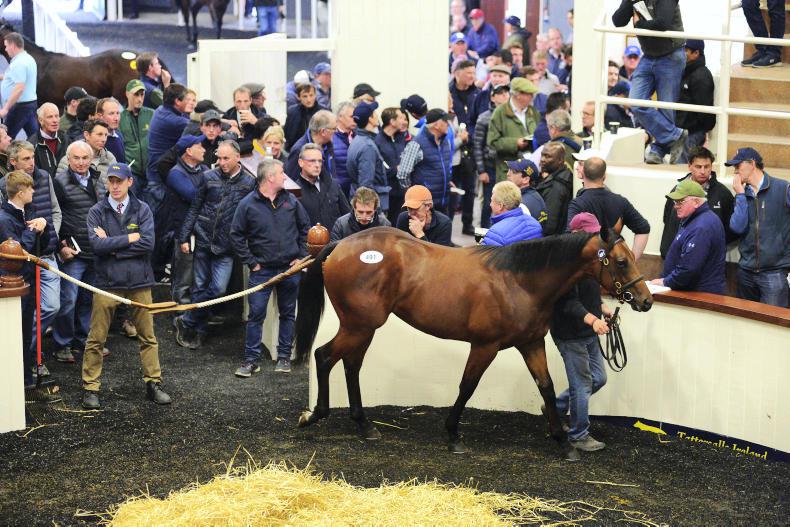


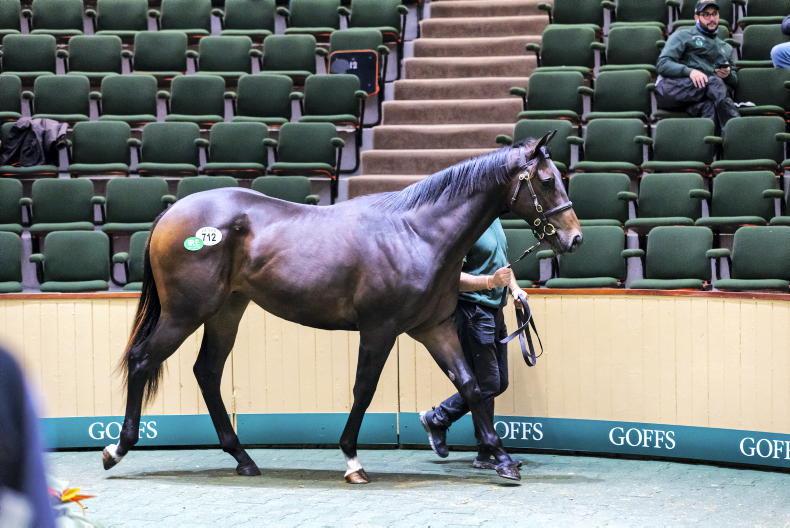
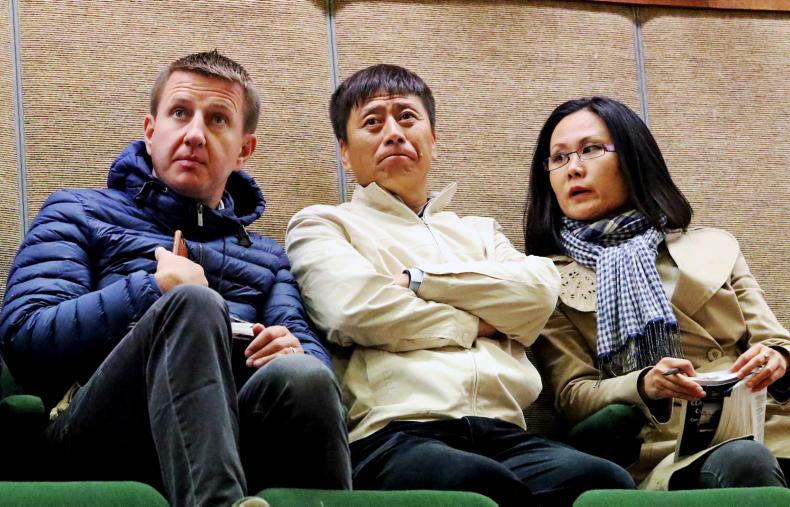

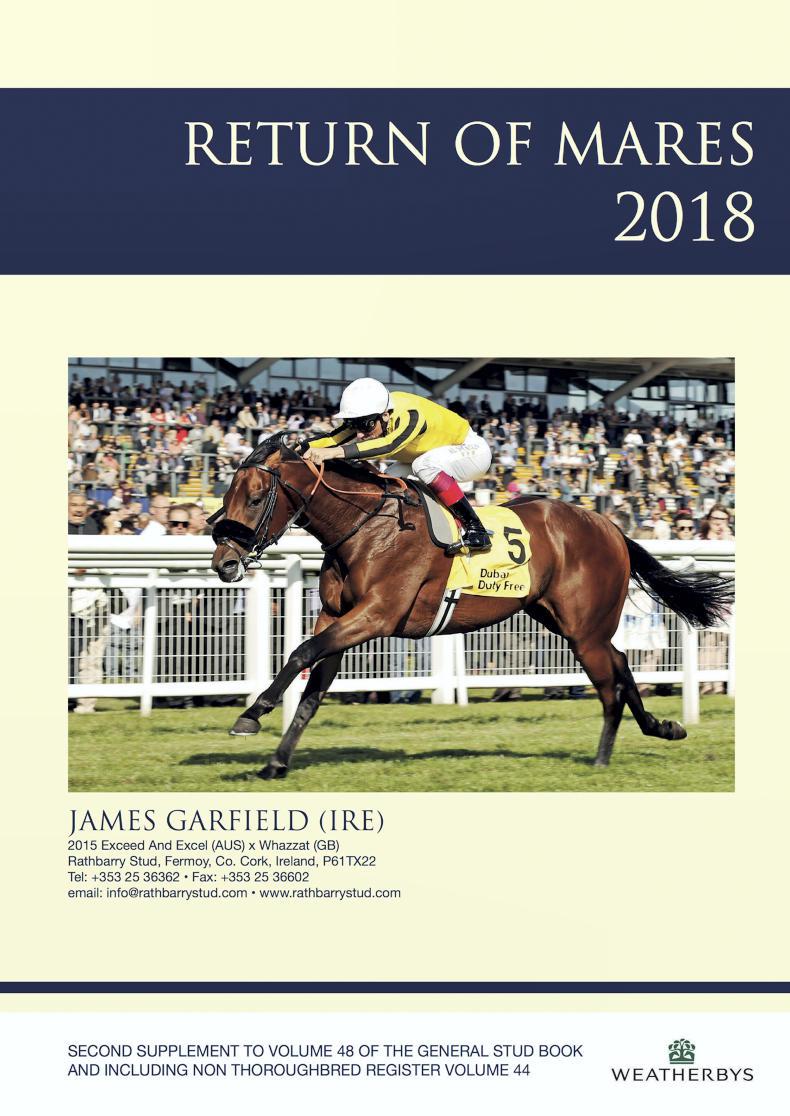
SHARING OPTIONS: